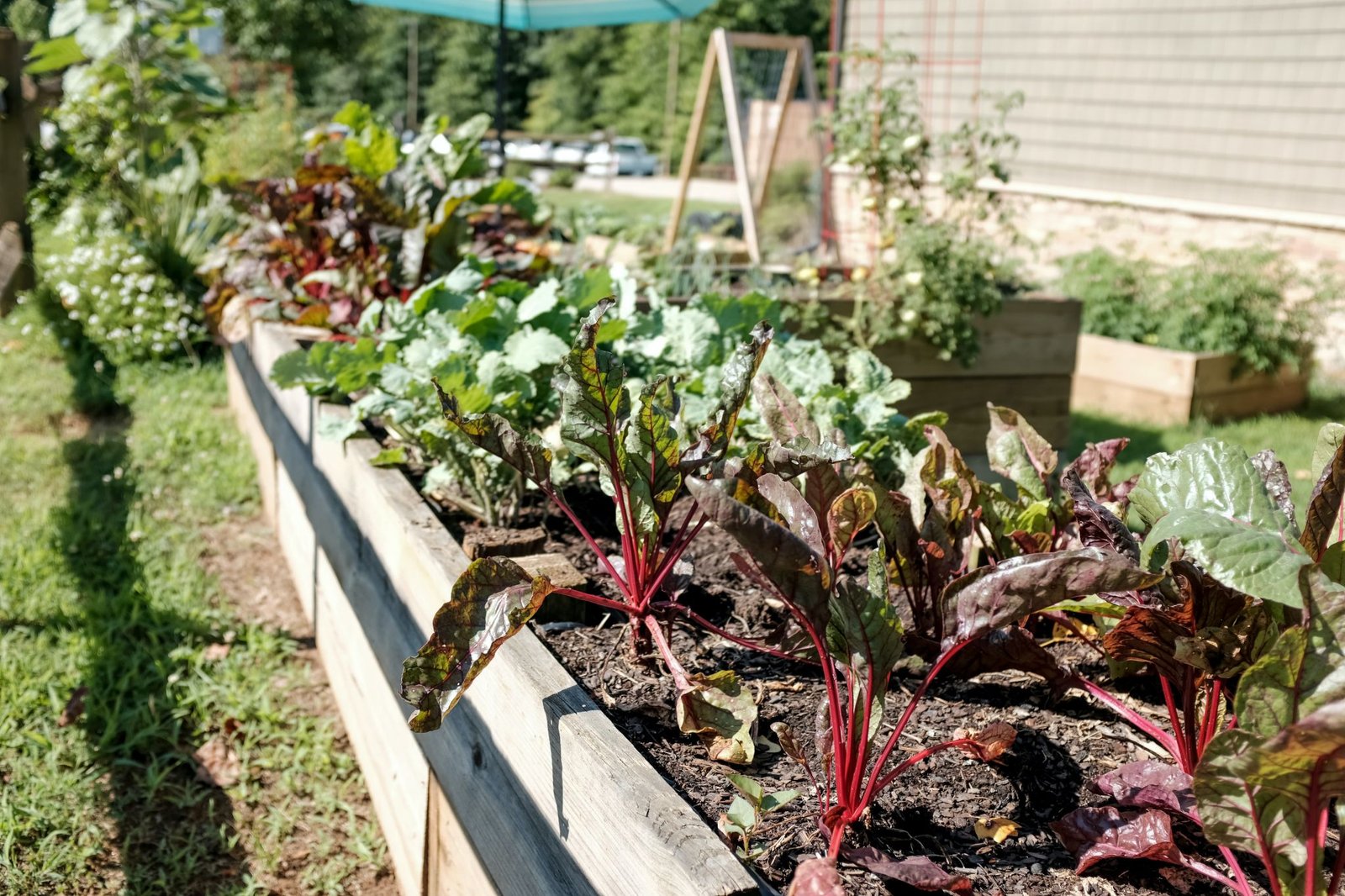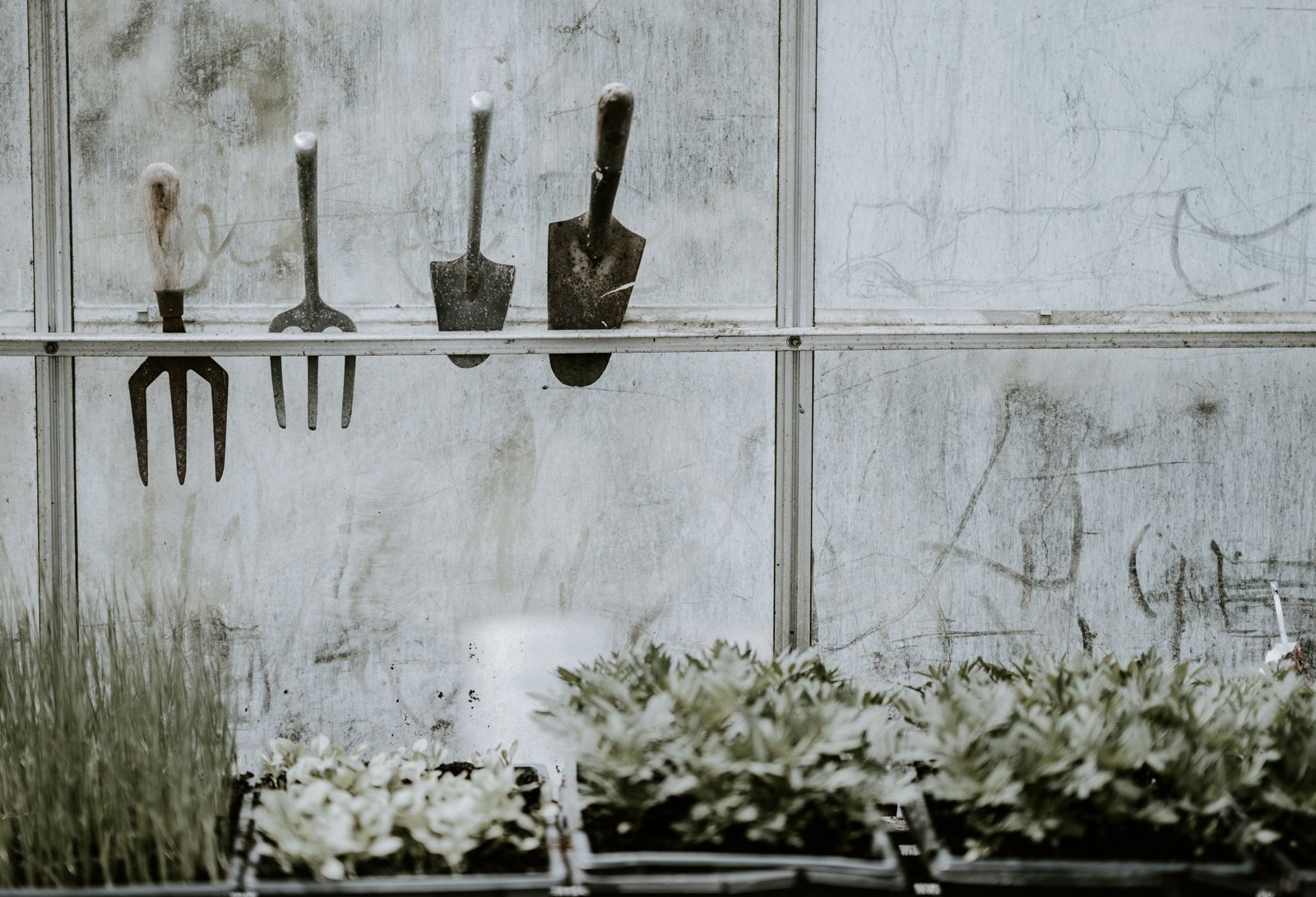
New To Gardening? 5 Things You Must Know
Image Source: Unsplash
Sitting at the dining table to eat home-cooked vegetables plucked from the house garden is so satisfying. Preparing salads with homegrown tomatoes, blueberries, and jalapeno peppers is nutritious and filling. The thought of growing a garden is exciting, but planting the right mix of fruit and vegetable trees, flowers and twigs needs time and patience.
Before starting a plant nursery, you need to brush up your knowledge on the soil types, water and sunlight needs, fertilizers and compost, and related information. Good gardening is essential to a healthy harvest. Here are some basic gardening & landscaping tips to help you get more comfortable with your first stint in gardening and reduce trial and error. and more https://harpersnurseries.
Set Up The Right Place.
Starting a house garden is not a regular feature, like cooking or washing. You are starting a long relationship with your roses or lilies or simply herbs. Decide between your home’s front entrance, terrace, or backyard to grow your mini garden. Obviously growing potatoes wouldn’t work.
Whichever garden location you firm upon, make sure it is in your eye’s reach and not in a far-reaching corner. The garden spot should have ample space to accommodate plant variety. If your soil is not at par, get grow bags for your house garden. Grow bags are alternative plant containers that are helpful to grow plants on balconies and patios. You can start with Gardzen grow bags to cultivate plants that don’t have deep roots, such as tomatoes and cucumber.
Select Sun-Friendly Spot.

Image Source: Unsplash
You may love to avoid sun rays, but your house plants need plenty of sunlight to grow and develop. Inadequate knowledge of the sun’s needs is a common drawback in gardening. Find out the soft spot in your garden where sun rays stay for a longer time during noon.
Besides flowers, focus your attention on edible plants such as exotic herbs, vegetables, and fruits for your garden. Most eatable fruits and plants need a minimum of 6 hours of sun to thrive best.
Meet Your Nursery’s Water Needs.

Image Source: Unsplash
Summers make your plants thirsty. That’s why they need constant water nourishment. Instead of lugging a watering can to spray your saplings, take a hosepipe to irrigate your garden. Set your garden location near a water source to save water and avoid time wastage.
Even when you have enough water resources at home, excessive plant watering is not a healthy practice, for it can cause over-dampness and water-logging. Find out your plants’ watering needs by putting your finger an inch deep in the potting soil. If it comes dry, then it is time to water the plant. Look for all-purpose garden soil for in-ground use. You can also add potting mix into your pots for the best plant moisture.
Think About Container Gardening.

Image Source: Unsplash
When you run short of garden space, you can consider containers to plant your favorite herb. Pots in fancy designs and colors are the next-best alternative to grow your plants. You can grow many potted plants containing herbs, flowers, fruits, vegetables, shrubs, berries, fruit trees and enrich your garden’s aesthetic value and environmental care.
Go for garden containers that are large enough to accommodate the plant. Fill the container with Moisture Control Potting Mix to protect your plants from over and under-watering. Even a small garden can look beautiful, with small pots and containers in various colors arranged symmetrically.
Get Basic Gardening Tools.

Image Source: Unsplash
List down a handful of tools for your home gardening. Many must-haves like pruning scissors to cut back dead plants and bushes, digging tools like a spade. Moreover, make use of a garden fork, trowel to prepare your soil to plant greens, and a garden hose or pipe to water your garden. There are weeding tools as well to keep the invading plants away.
Young plants in a nursery aren’t prepared to take the pressure of a hosepipe. Use a small-sized watering can for gentle sprinkling. Avoid plucking flowers and herbs from your plants harshly. They are sensitive to touch and care and like a mild stroke than a harsh pat.
Final Thoughts
Assess your house plants’ size and breed to arrange compatible gardening tools. Similarly, decide on the type and size of your garden bed. Raised beds are convenient to work upon. Place your greens in garden beds in a row or grid pattern. This will allow more growing space for your upcoming plants. Fertilizers are a gardener’s best friend. Learn compost-making techniques to make your organic fertilizers give your plants the extra boost. Add crushed fruit peels, grounded coffee, or tea bags to the soil to encourage good bacteria and fight pests. Choose beginner-friendly vegetable seeds and grow them in your kitchen garden. A little research and experimentation will help you discover high-quality gardening in your house garden.
